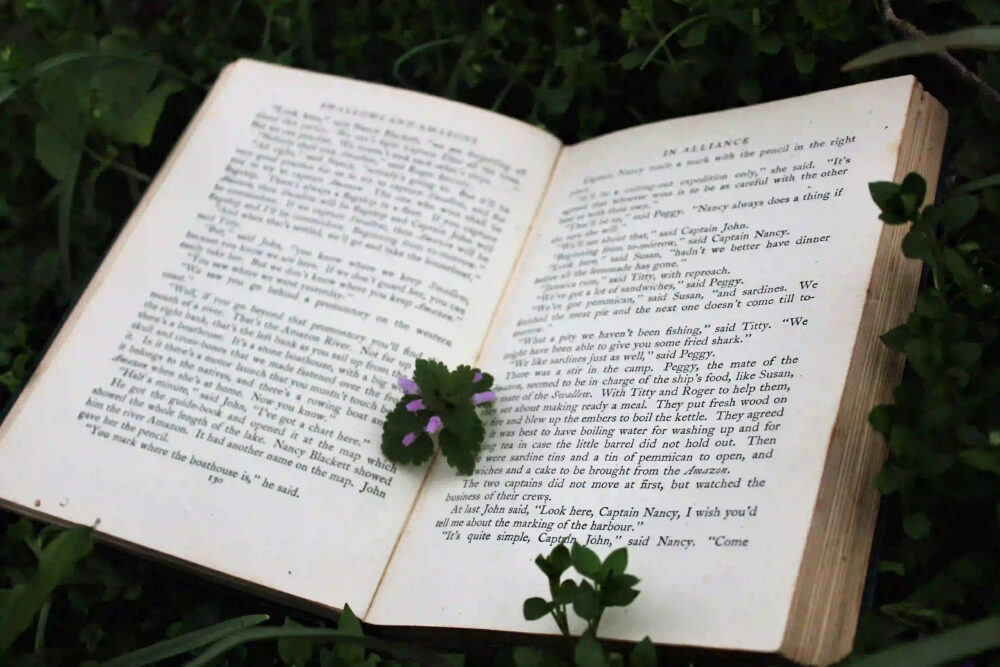Magical realism is a genre of literature that has captivated readers for decades. It is a unique and enchanting blend of imagination and reality, where fantastical elements seamlessly coexist with the ordinary. In this blog post, we will delve into the world of magical realism, exploring its origins, characteristics, and the impact it has had on literature.
Origins of Magical Realism
Magical realism emerged as a literary movement in the 20th century, primarily in Latin American literature. It was first coined by German art critic Franz Roh in 1925, but it was the Latin American writers, such as Gabriel Garcia Marquez and Isabel Allende, who popularized the genre and brought it to the forefront of literary discussions.
Characteristics of Magical Realism
At the heart of magical realism lies the idea that magical and fantastical elements are an inherent part of our reality. Unlike traditional fantasy literature, where magical elements are set in entirely fictional worlds, magical realism incorporates these elements into our everyday lives. The blending of the real and the magical creates a sense of wonder and mystery that captivates readers.
One of the key characteristics of magical realism is the acceptance of the extraordinary as ordinary. In these narratives, magical events are treated matter-of-factly, without skepticism or disbelief. This blurring of boundaries between the real and the unreal challenges our perception of reality and encourages us to embrace the magical in our own lives.
Another hallmark of magical realism is the presence of vivid and detailed descriptions. Writers of this genre often use rich and evocative language to bring their stories to life. The lush descriptions not only transport readers to fantastical realms but also serve to highlight the beauty and intricacies of the real world.
Impact on Literature
Magical realism has had a profound impact on literature, both in terms of style and content. It has opened up new possibilities for storytelling, allowing authors to explore themes and ideas that go beyond traditional narrative structures. By blending the magical with the real, writers can delve into complex issues such as identity, politics, and social commentary in a way that is both imaginative and thought-provoking.
One of the most notable works in the genre is Gabriel Garcia Marquez’s “One Hundred Years of Solitude.” This masterpiece weaves together generations of the Buendia family, blending historical events with fantastical elements, creating a tapestry of enchantment and realism. Marquez’s novel showcases the power of magical realism to illuminate the human condition and challenge our understanding of reality.
Embracing the Magical in Everyday Life
Magical realism reminds us that there is beauty and wonder in the world around us, even in the most ordinary of circumstances. It encourages us to see the extraordinary in the everyday, to embrace our imagination, and to question the boundaries of reality. By immersing ourselves in this genre, we open ourselves up to new perspectives and possibilities.
In conclusion, magical realism is a genre that continues to captivate readers with its unique blend of imagination and reality. Its origins in Latin American literature, its distinct characteristics, and its impact on the literary world make it a genre worth exploring. So, dive into the enchanting world of magical realism and let your imagination soar!
Note: This blog post is a work of fiction and does not aim to depict any real-world events or individuals. Magical realism is purely a literary genre and should be enjoyed as such.
